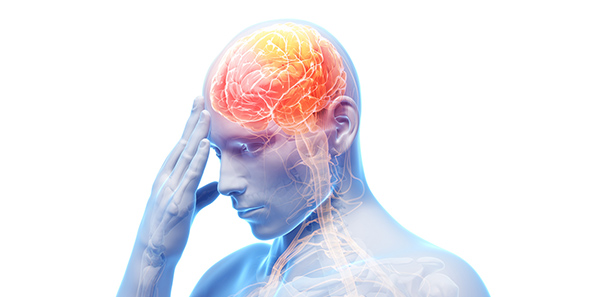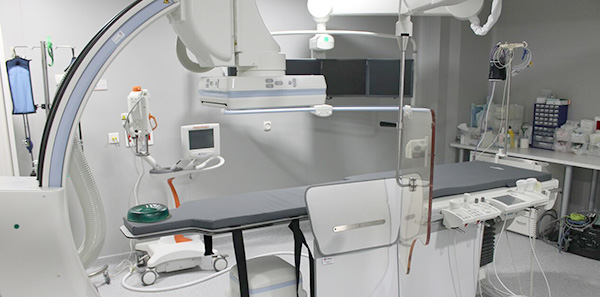
Stroke is one of today’s most serious health problems. In fact it is the third most common cause of death in the Western World and the main cause of invalidity among adults. The sequelae largely depend on the characteristics of the person suffering the stroke. A stroke is a neurological problem caused by a significant reduction in cerebral blood flow, which can be sudden, in which case it is called ischemic stroke. There are also haemorrhagic strokes, which are caused by a ruptured blood vessel.
There are 200 cases of stroke/year per 100,000 inhabitants in Spain. A total of 3.5% of the population aged above 64 years falls victim. Stroke is the main cause of death among women. Seventeen per cent of stroke victims are dependent after six months. The economic and personal impact on their lives is enormous, making stroke an extremely important health and social problem.
Ischemic stroke occurs when there is a sudden stoppage in blood flow due to blockage of a cerebral artery or when a clot is carried into an infarcted area. The artery may be blocked due to arteriosclerosis, an embolism which may originate in the heart or carotid arteries in the neck or from a piece of plaque that has built up on the arterial walls, and then travels up and blocks the cerebral artery. Sometimes the stroke is of vascular or haemodynamic origin, causing arterial stenosis as a result of reactive vasoconstriction, or due to serious arterial hypertension or reduced cardiac output.
The signs and symptoms of stroke vary from case to case. They range from loss of strength in the arm and leg and facial paralysis (hemiparesis or hemiplegia) to difficulty expressing oneself, complete loss of the ability to speak (called aphasia), difficulty walking, dizziness, acute, severe headache associated with other symptoms and total or partial vision loss. The symptoms of mild strokes can go unnoticed and include slight disorientation, tingling, mild episodes of amnesia and dizziness.
Cerebrovascular events are transitory episodes that can last between one and 24 hours before remitting completely. They are of a motor sensory nature and affect the memory and language. They are transitory because they do not produce an infarction in the brain tissue and the affected arteries quickly rechannel, reliving the symptoms. However, these are warning signs of defective cerebral circulation which needs to be addressed with preventive measures.
Prevention is essential. Vascular risk factors such as, for example smoking, alcohol, blood pressure control, cholesterol, diabetes, sedentary lifestyle, obesity and stress must be brought under control. Lead a healthy life, take exercise, eat a healthy diet with plenty of vegetables, fruit, proteins and polyunsaturated fats, cut out salt, cut down on your carbohydrates and reduce your intake of saturated fats.
Meanwhile, most hospitals have stroke units for early treatment of this disease with thrombolysis and endovascular fibrinolysis. These dissolve any clots and improve post-stroke symptoms. Rehabilitation and physiotherapy are important to improve the sequelae of stroke.
Dr. Eugenio Lecanda Neurologist – Dr of Medicine and Surgery, Medimar Hospital Internacional
The information published in this media neither substitutes nor complements in any way the direct supervision of a doctor, his diagnosis or the treatment that he may prescribe. It should also not be used for self-diagnosis.
The exclusive responsibility for the use of this service lies with the reader.
ASSSA advises you to always consult your doctor about any issue concerning your health.












